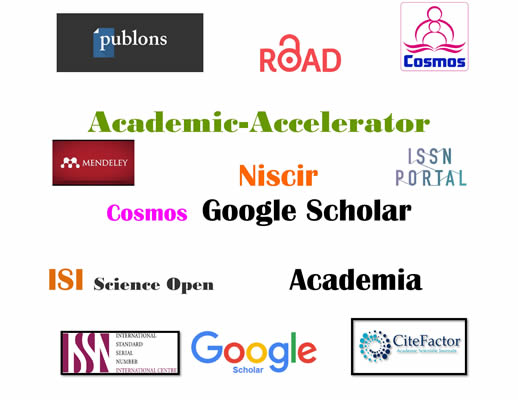Application of GIS and Remote Sensing for Developing Block GIS : A Case Study of Hawalbagh the Developing Block, District Almora, Uttarakhand
Alpana Kumari 1 and Jitendra Kumar 2Abstract
Decentralized planning is carried out from the bottom in which village panchayat is asked to prepare a plan for the economic development of the village. The planning strategy will be made on the basis of the problems the area is suffering from and the available local resources. The present work attempts to create a GIS database for Hawalbagh Development Block of the districts of Almora in Uttarakhand. It is extends between 290 32’ 30”N to 290 44’ 23”N latitude and 790 31’11”E to 790 43’ 50” E longitudes and cover an area of 267.89 sq.km. Located in the lesser Himalayan terrain. Hawalbagh Blocks enjoys cool temperature climatic conditions. According to2001 census, the block has a population of 59,227 persons in which male population 48.61% and female has a population of 51.39%.The present study is based on various data sets i.e. toposheet (1966), Landsat data (1990 & 1999) and IRS LISS III data (2004) obtained from Centre of Excellence For NRDMS in Uttarakhand Kumaun University SSJ Campus Almora. The entire digital database of the Hawalbagh development block was prepared with the help of ARC GIS Software which is user friendly and famous software developed by Environmental system research in corporate Redland California. Image classification through ERDAS (earth Resource data Analysis) software developed by Leica Geosystems geospatial Imaging, LLC 5051 Peachtree corners suite 100, Norcross, GA, 30092, U.S.A.In the year 2004 forest cover of total area was 45.47 percent, barren land 39.72 per cent, agriculture land 12.32 per cent and urban area 2.49 per cent. The Hawalbagh development block is divisible in four absolute relief zones varying between 1000-2200m, and in four categories of relief i.e., Low, Medium, High and Very high. Table 2 contains the distribution of area under different relief zones. Maximum area lies in the medium relief zone which includes 44.51 per cent of the total study area.
Open Access Journal | Steps Of Publication | Journal Editorial Board | Journal Indexing | Join As Reviewer | Contact Us | About us | Reviewers Panel
